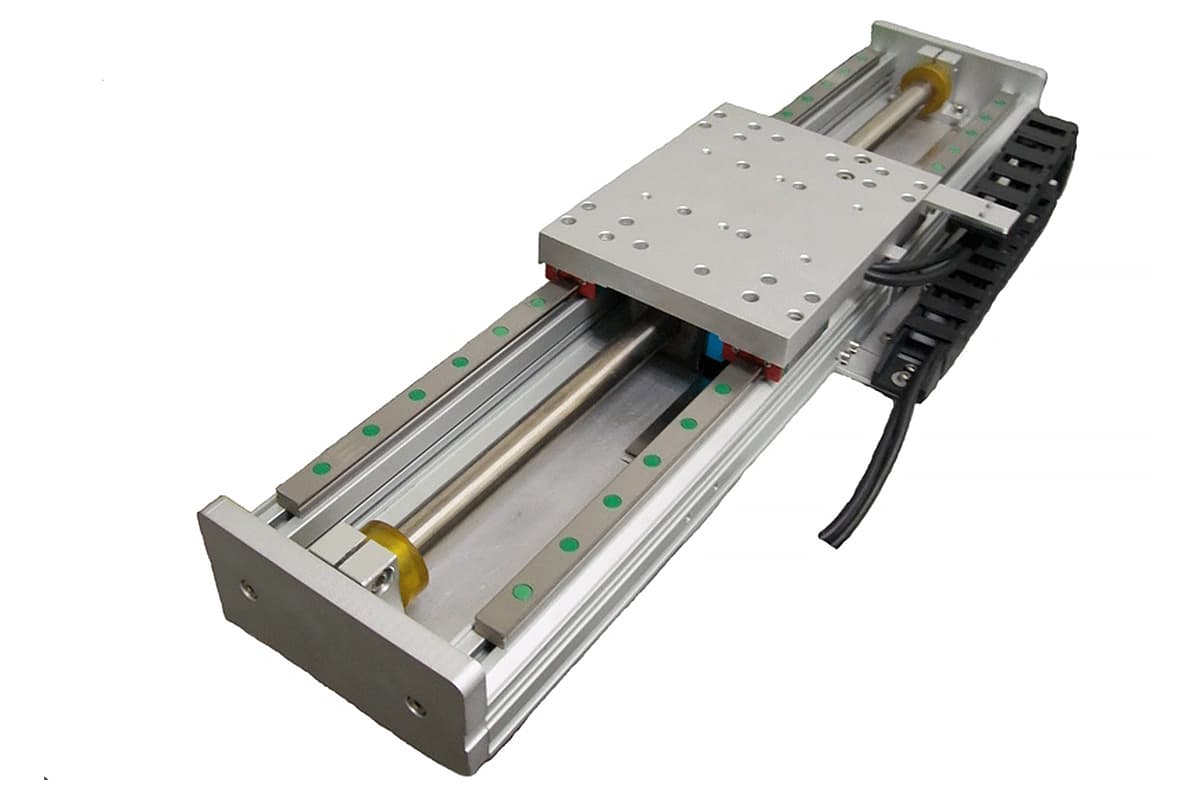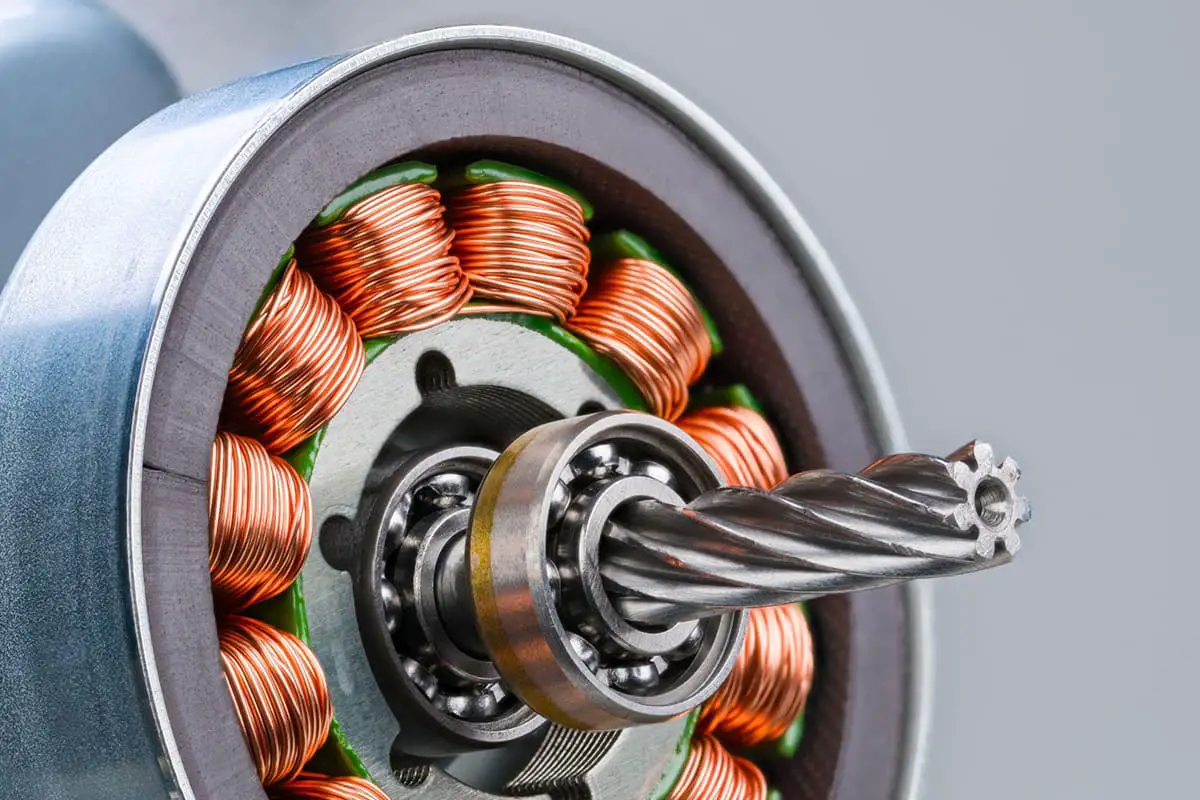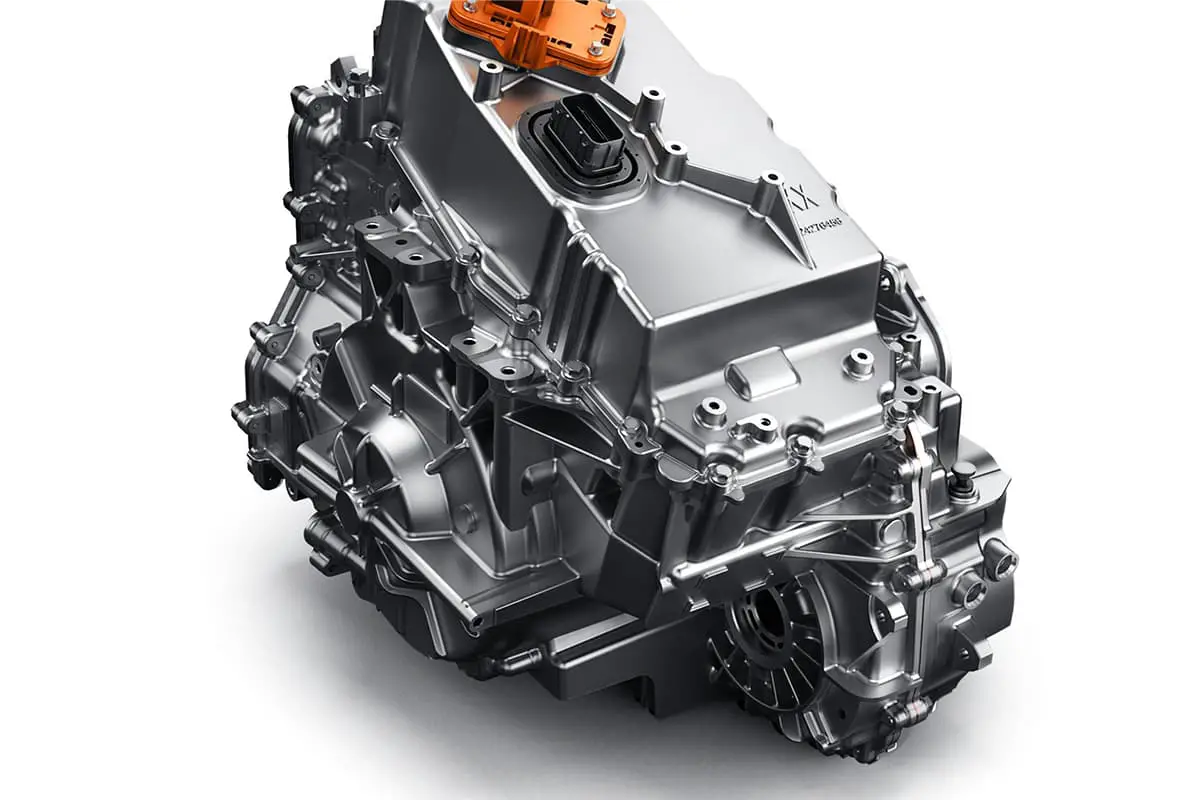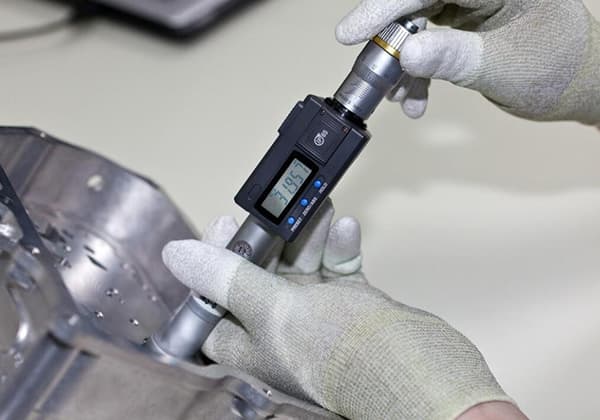
What happens when a motor’s magnetic balance is off? Unilateral magnetic pull occurs due to an imbalanced air gap in motors, causing uneven forces that strain motor bearings. This article delves into how this phenomenon arises, its effects on motor performance, and crucial considerations for engineers in bearing life calculations. By understanding these dynamics, you’ll grasp why accounting for magnetic pull is essential in motor design and maintenance. Read on to uncover the critical insights for optimal motor operation and longevity.

Unilateral magnetic pull is a common concept in motors, specifically referring to the magnetic pull generated by an imbalanced motor air gap due to misalignment of the motor stator and rotor centers.

Even for typical horizontal motors, the possibility of unilateral magnetic pull can arise, even without considering process deviations.
The most common reason is the deflection caused by the motor shaft’s own weight, which leads to a deviation in the air gap above and below the center of the stator and rotor, as shown in the figure below:

At this point, the upper air gap of the motor will increase by a 𝛅1, while the lower air gap will decrease by the same amount. When the motor is operating, the upper and lower air gaps are not the same, hence, the magnetic flux densities are different, leading to unequal magnetic pull forces acting upward and downward on the rotor. This difference in magnetic pull force constitutes what we call the unilateral magnetic pull force.
In fact, the motor rotor itself experiences a magnetic pull force around the entire air gap. However, when the air gap is consistent, the magnitudes of these forces are equal in the circumferential direction but have opposing directions, thus canceling each other out.
For horizontal motors, the bearings at both ends have to support not only the weight of the motor rotor (assuming there are no other additional axial and radial loads) but also an additional radial load – the unilateral magnetic pull force.
Therefore, when engineers perform life verification calculations for the bearings, they should take into account the unilateral magnetic pull force, incorporating it into the radial load of the motor bearings to make an accurate selection.
From the above analysis, it can be seen that even without considering the process deviation, the unilateral magnetic pull force can still occur in horizontal motors.
So, does that mean we can draw a conclusion: when performing life verification for the bearings of all horizontal motors, the influence of the unilateral magnetic pull force should be taken into account?
From a Design Perspective:
The cause of unilateral magnetic pull is closely tied to the bending of the motor shaft, which results in uneven air gaps and subsequently leads to the pull. Engineers need to be aware that for motors prone to bending, this effect should not be overlooked, especially in cases where the rotor has substantial weight or exhibits a slender structure.
On the other hand, for compact or lightweight motors where the shaft bending is minimal, the unilateral magnetic force due to bending can be practically disregarded. Therefore, when verifying the bearing lifespan for these types of motors, the unilateral magnetic pull need not be factored in.
From a Process and Manufacturing Deviation Angle:
Despite manufacturing deviations and process inaccuracies, motors can still produce unilateral magnetic pull. The degree and location of such discrepancies are key areas of control for engineers.
Therefore, if there are tolerance controls for uneven air gaps, and the maximum tolerance value results in a unilateral magnetic pull significant enough to affect the rotor weight, engineers should incorporate this factor when verifying the bearing lifespan of the motor. Conversely, if the pull is negligible, it need not be considered.


